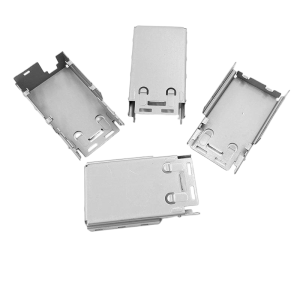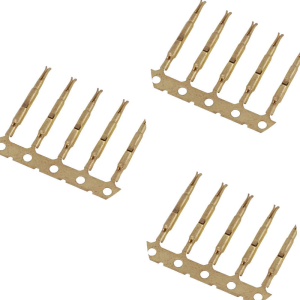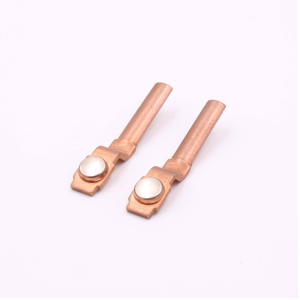When choosing the right material for your project, the decision between galvanized steel and galvannealed steel can significantly impact your results. Both types offer zinc coatings to prevent rust and corrosion, but each serves a distinct purpose depending on your project’s needs. At Topmetalstamping, we specialize in providing custom metal fabrication solutions that help our clients make informed decisions based on their specific requirements.
In this article, we’ll explore the differences between galvanized and galvannealed steel, considering factors like coating structure, durability, cost, and ideal use cases. We’ll also address common concerns that customers often have about these materials and how our factory provides the best solutions.
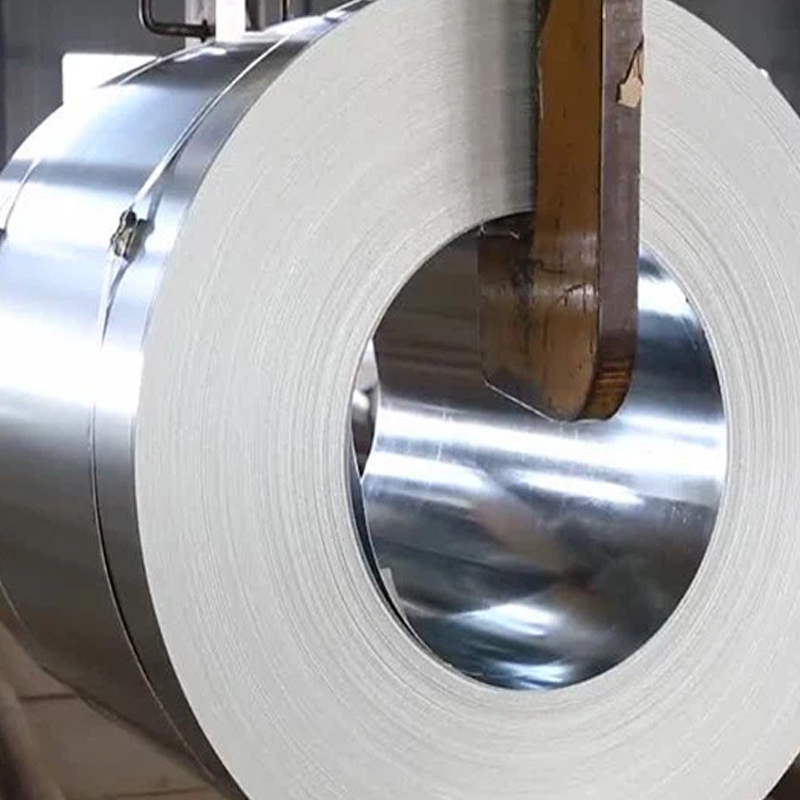
What is Galvanized Steel?
Galvanized steel is produced by coating steel with a layer of zinc. The zinc acts as a sacrificial barrier, preventing moisture and oxygen from reaching the steel and causing it to corrode. The most common galvanizing process is hot-dip galvanizing, where steel is immersed in molten zinc.
This results in a shiny, spangled surface that is widely used in construction applications such as roofing, guardrails, and ductwork. The main benefit of galvanized steel is its exceptional resistance to rust and corrosion, even in harsh outdoor conditions.
However, the zinc coating on galvanized steel, while effective, presents challenges in certain applications. For example, the coating is soft and can be easily scratched. Additionally, galvanized steel is difficult to paint due to the smooth, oily surface. These issues may raise concerns for manufacturers, especially when aesthetics or paintability is a critical part of the product.
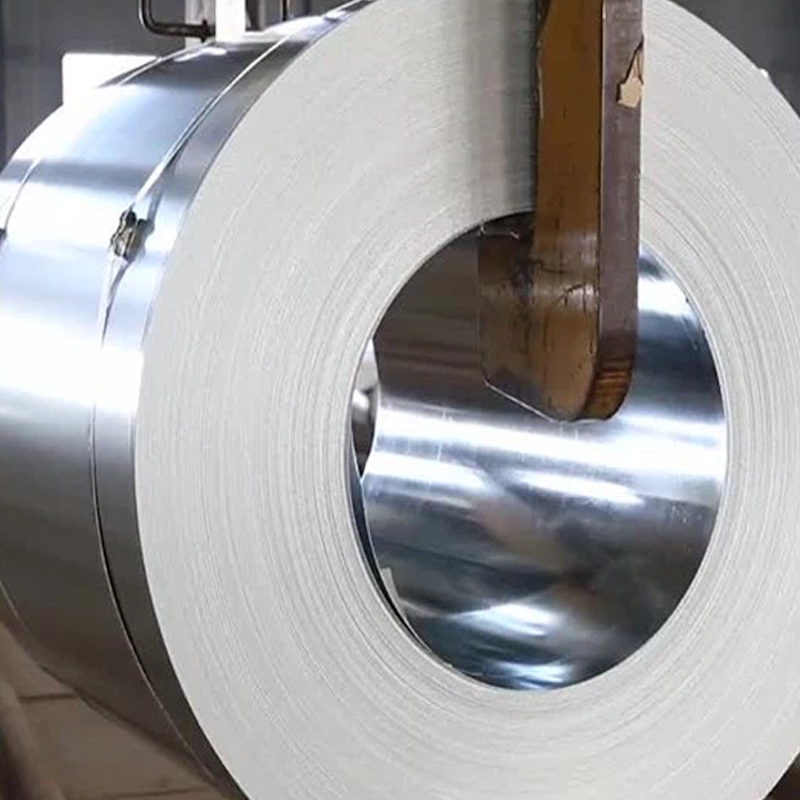
How Galvanized Steel Is Manufactured
At Topmetalstamping, we offer high-quality galvanized steel produced using the following methods:
- Hot-Dip Galvanizing (HDG): Steel is cleaned and then dipped into a molten zinc bath at temperatures around 450°C. This creates a thick, durable coating.
- Electro-Galvanizing: Zinc is applied using an electroplating process. The steel is placed in an electrolyte solution, and zinc ions bond to the surface using electric current, forming a thinner, smoother layer.
- Thermal Spray (Metallizing): Molten zinc is sprayed onto the steel surface, providing similar corrosion protection to HDG but at a slightly higher cost.
- Sherardizing (Vapor Galvanizing): This process involves placing the steel in a sealed drum with zinc powder and heating it. The zinc diffuses into the surface, creating a uniform layer.
These processes ensure that our galvanized steel products meet the most stringent standards for corrosion resistance, durability, and surface quality.
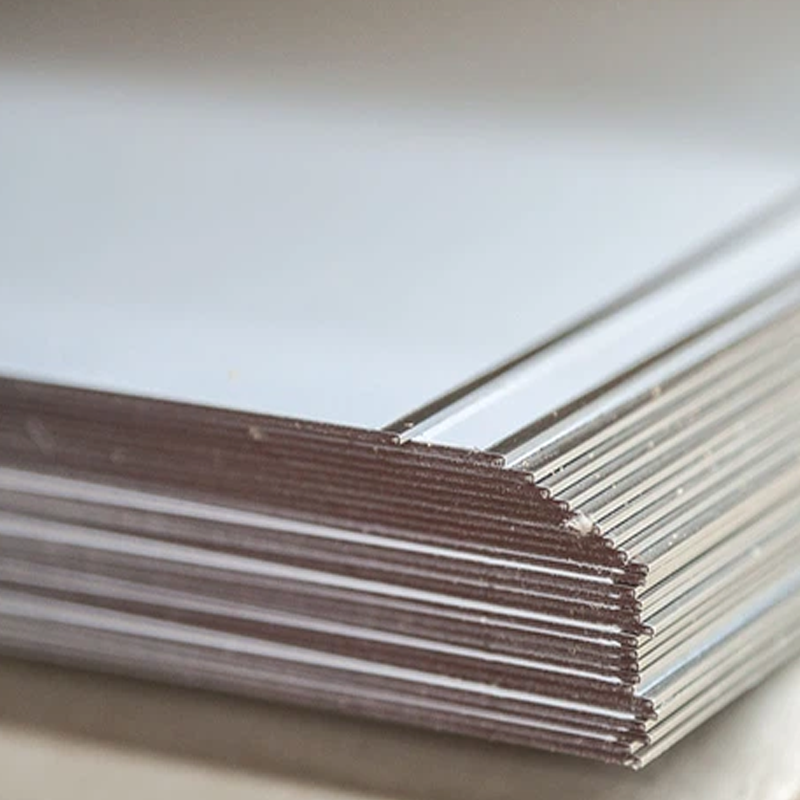
Advantages of Galvanized Steel
Galvanized steel provides several key advantages:
- Corrosion Resistance: The zinc coating protects the steel from corrosion, extending the life of your product.
- Cost-Effective: Galvanized steel is relatively inexpensive and offers long-term performance, making it an affordable option for a wide range of applications.
- Durability: Steel coated with zinc can withstand outdoor exposure for decades without significant degradation.
However, there are limitations to consider, such as challenges with welding, high-temperature applications, and difficulty in painting the material.
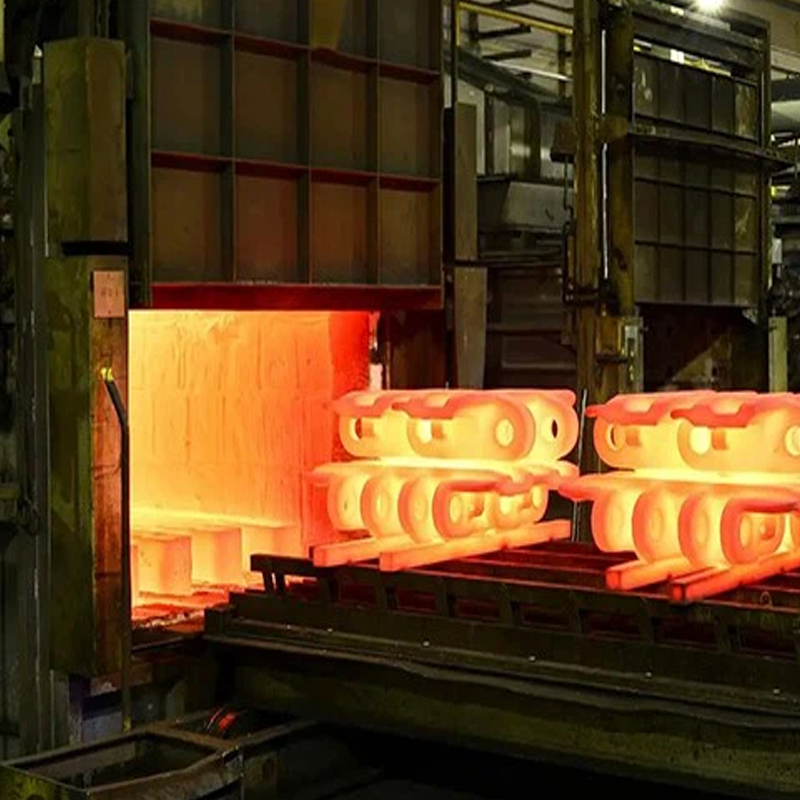
What is Galvannealed Steel?
Galvannealed steel, a variant of galvanized steel, undergoes an additional annealing step after the galvanizing process. This heat treatment causes the zinc to alloy with iron in the steel, forming a zinc-iron layer that improves the material’s properties. As a result, galvannealed steel has a matte, uniform gray finish, which is better suited for applications requiring paint adhesion and improved weldability.
This process gives galvannealed steel its most notable advantage: superior paint adhesion. The matte finish allows paint to bond more effectively than it would on galvanized steel, making it a preferred material for automotive applications, appliances, and other components where painting is necessary.
How Galvannealed Steel is Made
Galvannealed steel is produced through the following two-step process:
- Hot-Dip Galvanizing: The steel is dipped into molten zinc just like regular galvanizing.
- Annealing: After the zinc coating is applied, the steel is passed through an annealing furnace where it is heated to about 500°C. This heat treatment causes the zinc to react with the iron, creating a hard, durable zinc-iron alloy layer.
The result is a steel product that retains the corrosion resistance of galvanized steel but offers enhanced features like improved paintability and weldability.
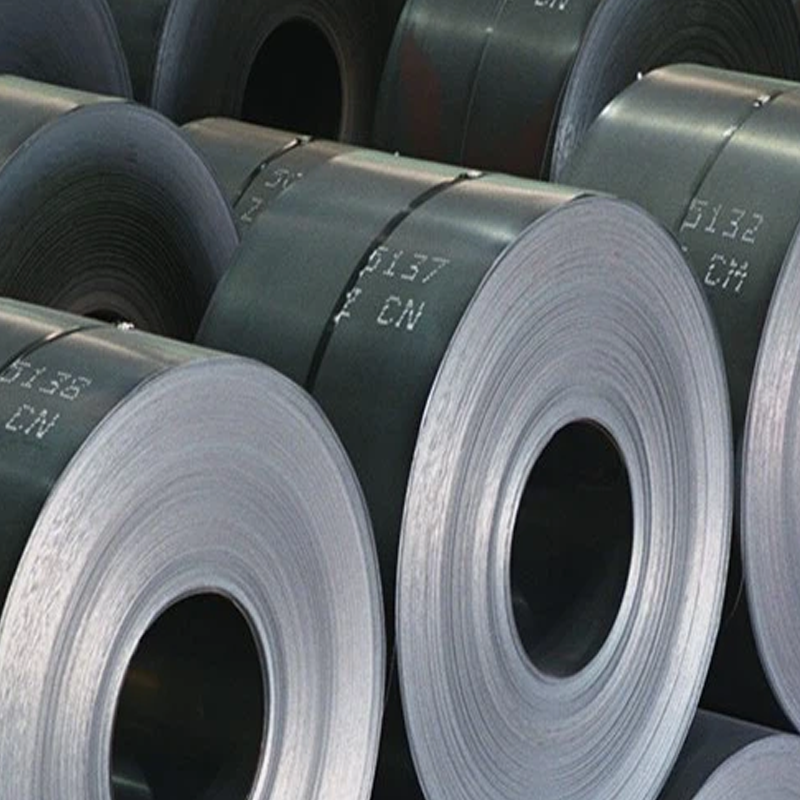
Advantages of Galvannealed Steel
Galvannealed steel provides the following benefits:
- Superior Paint Adhesion: The rough, matte finish creates a better surface for paint to adhere to, reducing the need for pre-treatment.
- Improved Weldability: The zinc-iron alloy makes welding easier compared to regular galvanized steel.
- Enhanced Surface Durability: The galvannealed coating is harder and more resistant to scratches than galvanized steel, making it more suitable for high-wear applications.
However, galvannealed steel also has some drawbacks. It is more brittle than galvanized steel and may crack or flake under heavy bending or forming. Additionally, it may be more prone to rusting if left unpainted, and the additional processing step increases the cost of production.

Key Differences Between Galvanized and Galvannealed Steel
Here’s a summary of the main differences between galvanized and galvannealed steel:
| Feature | Galvanized Steel | Galvannealed Steel |
|---|---|---|
| Coating Composition | Pure zinc coating | Zinc-iron alloy coating (ZnFe) |
| Coating Thickness | Thicker, more durable | Thinner, more uniform |
| Surface Texture | Shiny, spangled pattern | Matte, smooth, uniform |
| Paint Adhesion | Moderate, requires primer | Excellent, no primer needed |
| Formability | Better for deep drawing and bending | May crack or flake under heavy forming |
| Corrosion Resistance | High, especially with thicker coatings | Lower when unpainted, but still good |
| Cost | More affordable | 15–20% more expensive |
Choosing the Right Steel for Your Project
Selecting between galvanized and galvannealed steel depends on your specific application needs. Here are some factors to consider:
- Corrosion Resistance: If the material will be exposed to harsh outdoor conditions, galvanized steel is likely the better option due to its thicker, more durable zinc coating.
- Paintability: For applications requiring paint or powder coating, galvannealed steel is the superior choice. Its smooth, matte surface allows for superior paint adhesion.
- Formability and Welding: If your project involves heavy forming or bending, galvanized steel might be a better option due to its more ductile nature. However, for spot welding, galvannealed steel offers improved weldability.
- Cost Considerations: Galvanized steel is more affordable than galvannealed steel, so if cost is a concern and painting isn’t essential, galvanized steel may be the better choice.
At Topmetalstamping, we understand that choosing the right material is essential to the success of your project. Our experienced team works closely with clients to determine the most appropriate steel type based on your specific requirements. Whether you need galvanized steel, galvannealed steel, or custom fabricated solutions, we can help guide you through the selection process.
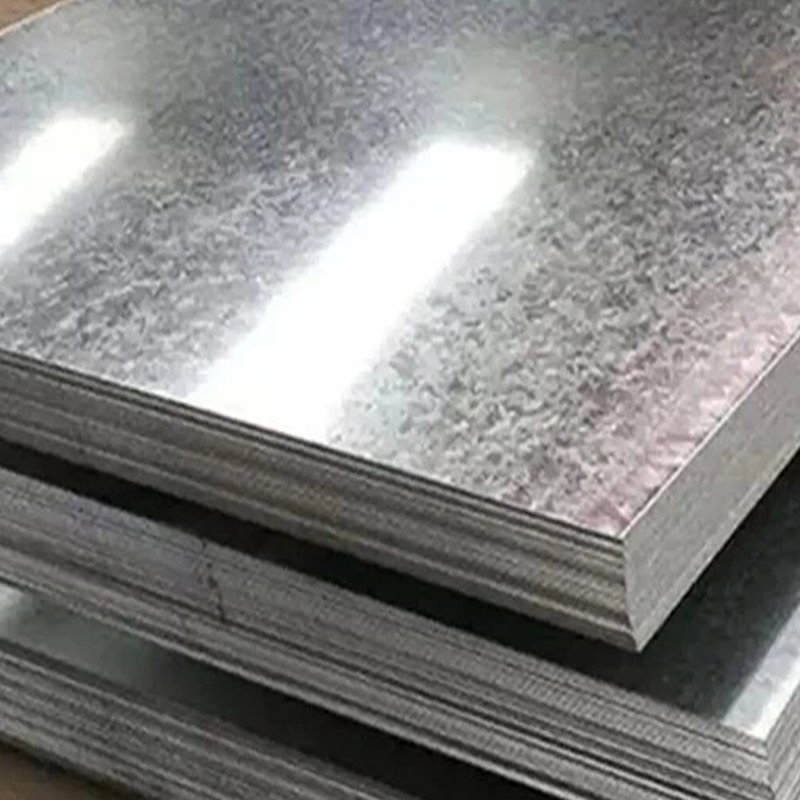
Conclusion
Deciding between galvanized and galvannealed steel ultimately comes down to your project’s needs. Galvanized steel offers superior corrosion resistance at a lower cost, making it ideal for outdoor applications. On the other hand, galvannealed steel is the best choice for painted components and applications requiring enhanced weldability.
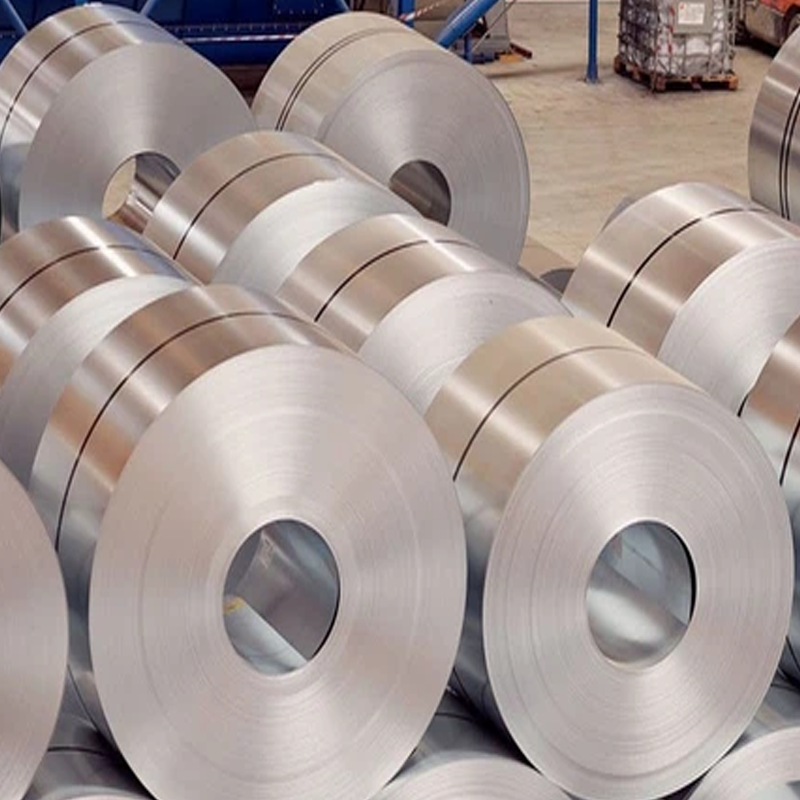
As a leading manufacturer, Topmetalstamping is here to provide high-quality, custom solutions for all your steel fabrication needs. We ensure that our products meet the highest standards of performance and durability while offering expert guidance to help you choose the right materials. Contact us today to learn more about our products and services, or request a free quote for your next project!

